Forests for the future
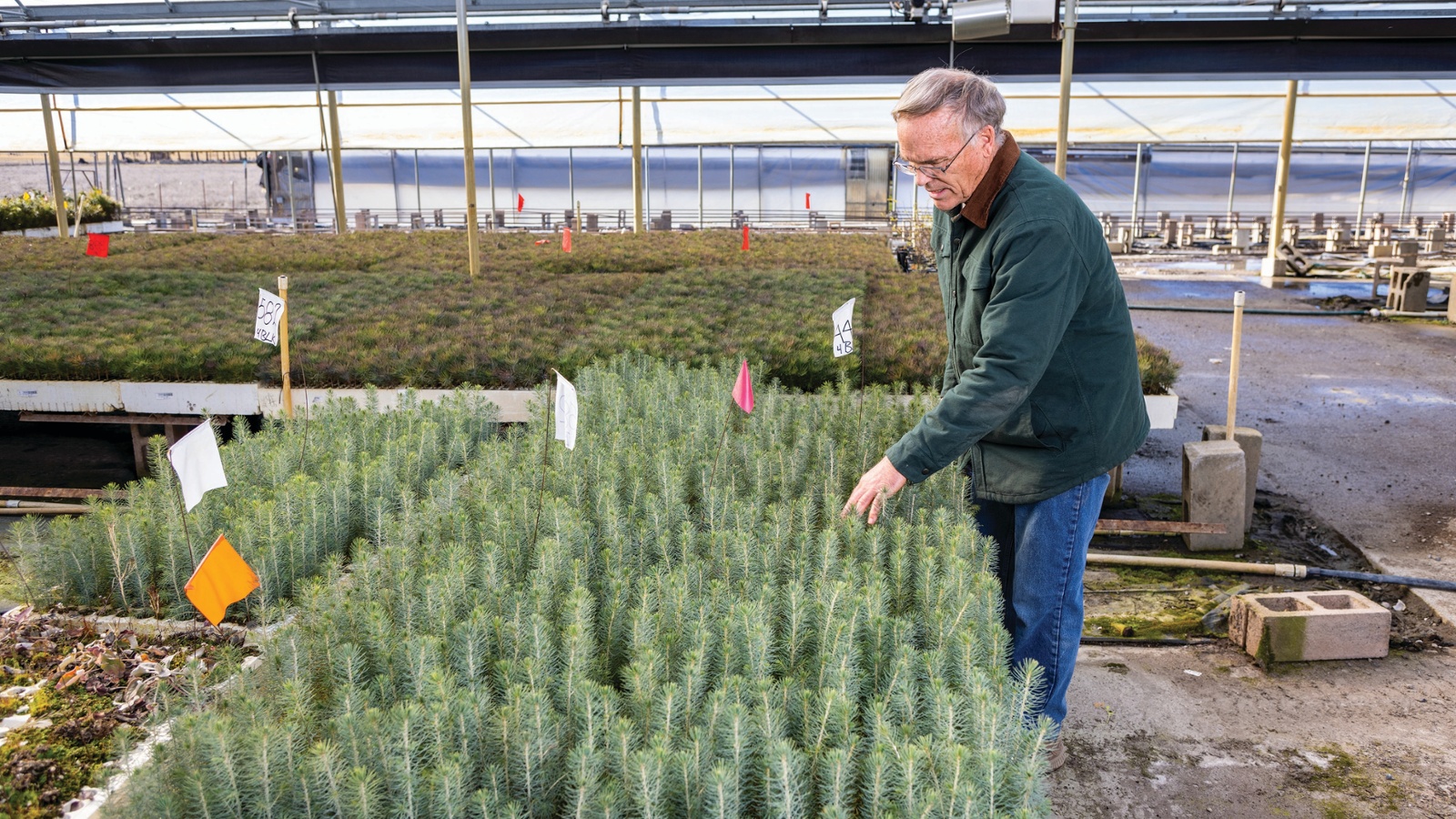
July/August 2022 California Bountiful magazine
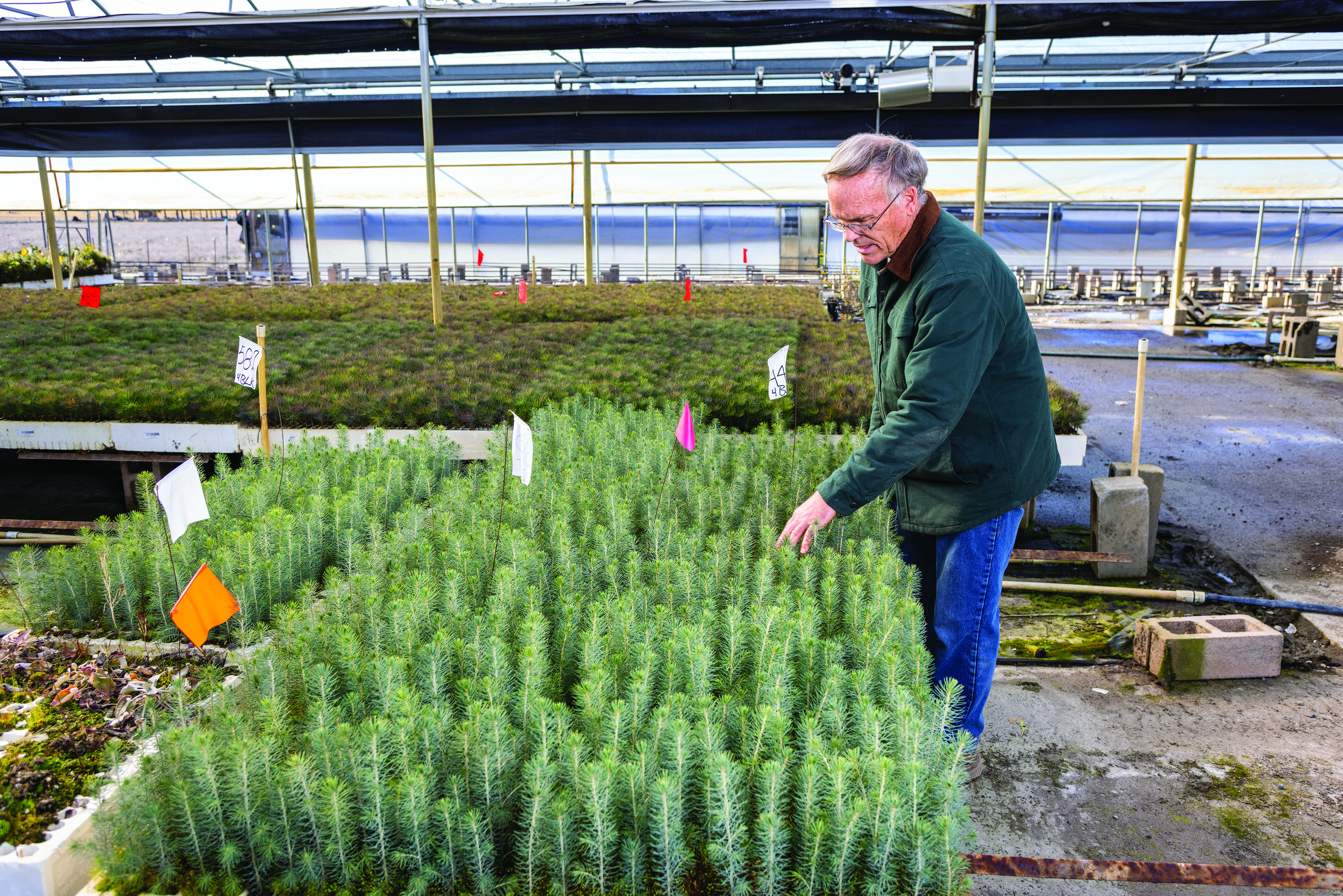
Nursery grows the seedlings
used to replace lost trees
Story by Christine Souza
Photos by Craig Alan
Tom Jopson, president and CEO of Cal Forest Nurseries, has made it his life's work to see that conifers such as Douglas fir and Ponderosa pine are replanted to preserve the natural environment for future generations.
"Last year we grew enough trees to reforest 75,000 acres in California and 25,000 acres outside of California," says Jopson, who has a master's degree in environmental horticulture from the University of California, Davis and comes from a long line of horticulturalists.
His Cal Forest Nurseries is the largest supplier of conifer seedlings in the state and produces 22 million trees of a dozen species annually. The Siskiyou County nursery receives its supply of seeds from customers such as private landowners and agencies like Cal Fire and the U.S. Forest Service. Seedlings are grown in containers for reforestation or replanting in fire-damaged areas, after timber harvest or for conservation improvements along rivers, creeks and streams.
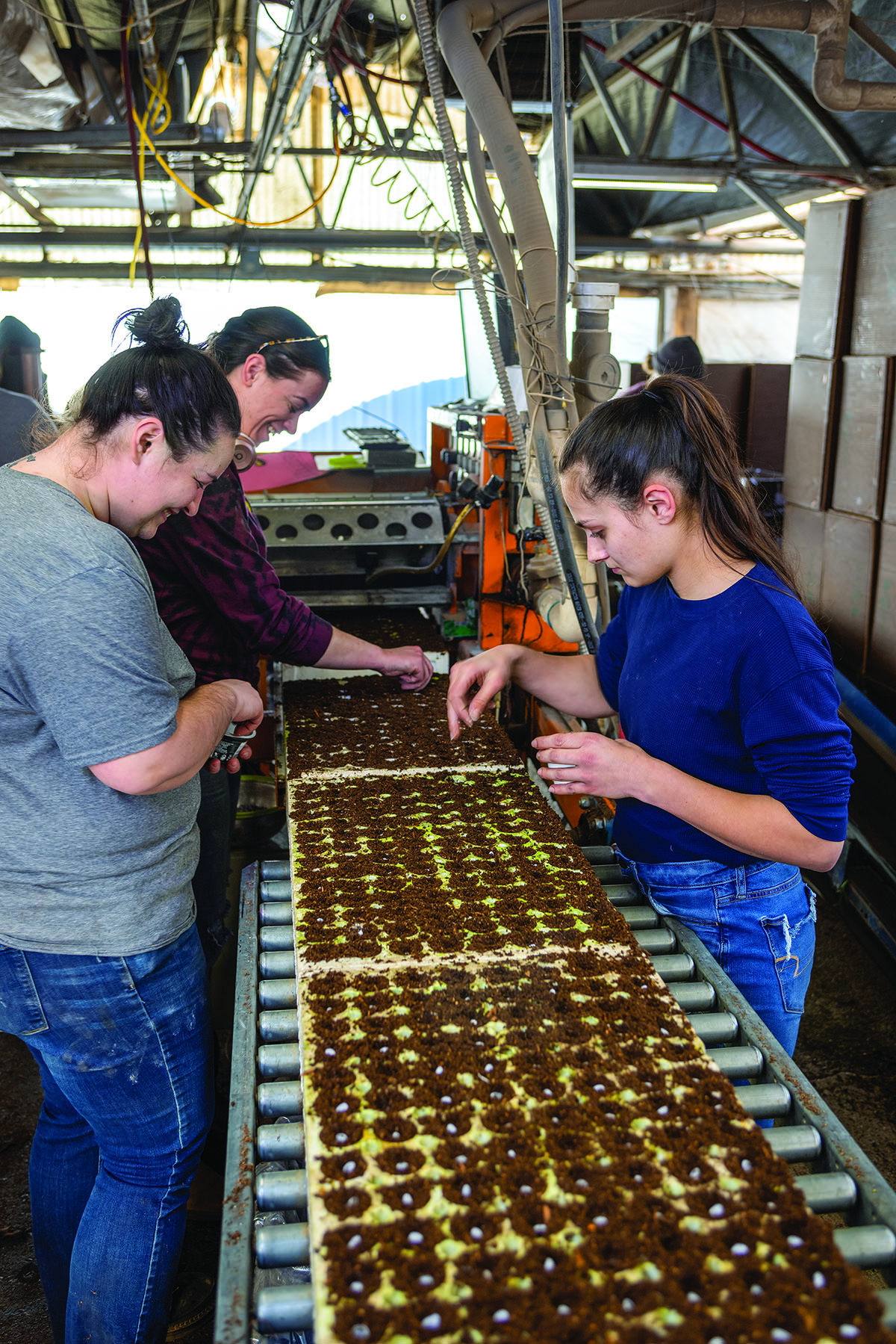
'A valuable service'
The demand for seedlings is urgent, as several years of drought and devastating wildfires have taken a toll on California's forestlands.
"Over 6 million acres have burned in the state in the last two years, which is a significant increase over the last 20 years," says Mark Gray, reforestation manager of Sierra Pacific Industries, a family-owned forest products company based in Shasta County.
Sierra Pacific Industries owns and manages more than 2.3 million acres of timberland in California, Oregon and Washington and relies on Cal Forest Nurseries to grow many of its conifer seedlings.
"We are actively establishing new forests in burned ground and replanting where we harvest," Gray says, noting that if someone sees a young forest on private property between 5 feet and 65 feet tall, "there's a high likelihood that Cal Forest Nurseries grew those seedlings."
Christine McMorrow, spokeswoman for Cal Fire's Regional Resource Management, says Cal Forest Nurseries is providing "a valuable service that is very much needed in our state."
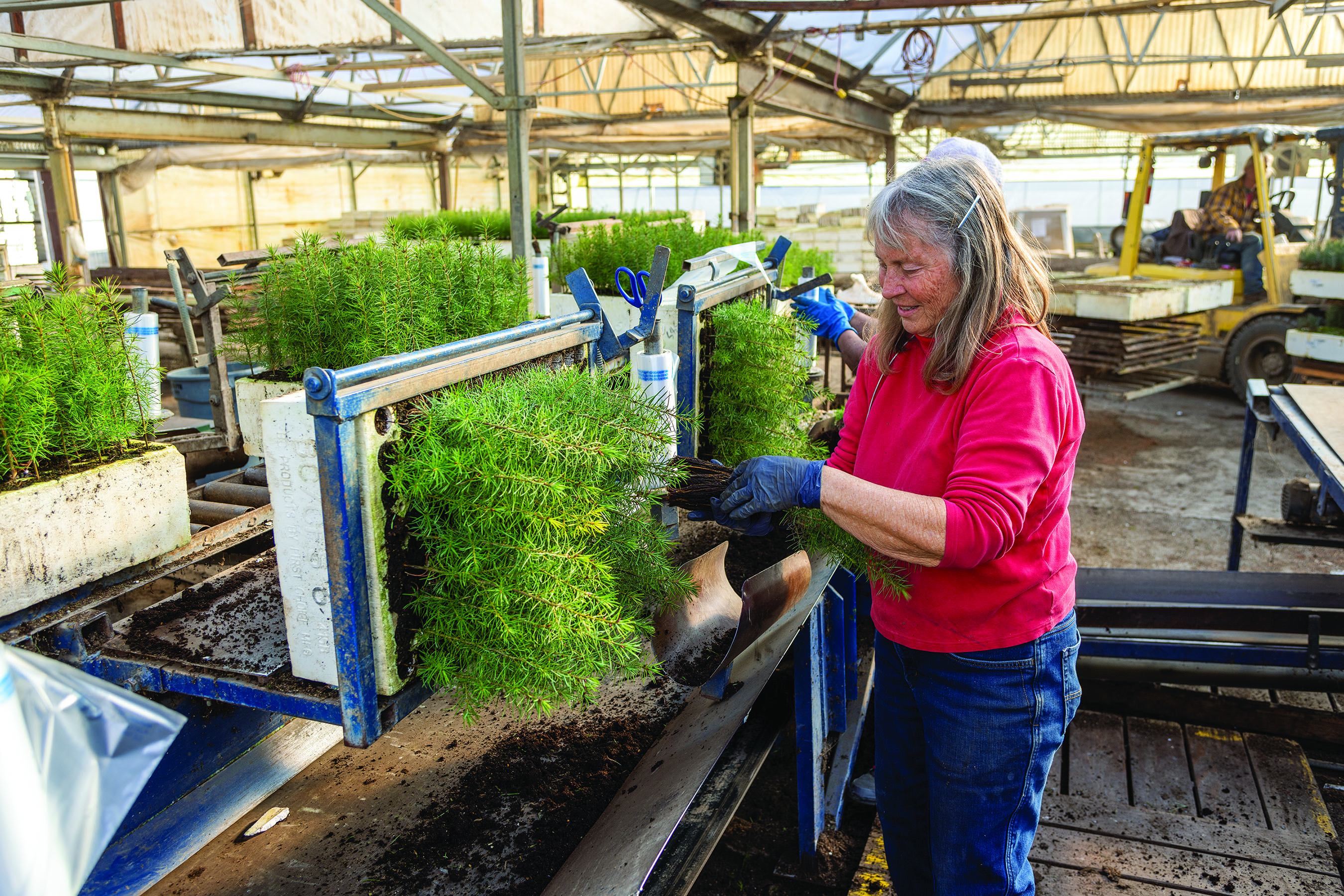
How seedlings begin
"Reforesting lands successfully requires many important steps of which our nursery is only one part," says Jopson, who has been growing conifer seedlings for more than 40 years and volunteers as a consultant for counterparts from across the globe to aid in reforestation.
The growing process from seed to seedling takes time and expertise, he says, adding that "a chain of activities leads to success and you have to execute them all correctly."
Growing conifer seedlings starts with seeds or genetic material collected from conifer cones that are adapted to the planting site. In early spring, conifer seeds are removed from cones and cleaned at the company's seed-processing facility. Seeds move to the nursery's processing lab, where they are pretreated and soaked to help initiate the germination process. Most seeds are refrigerated for 60 days. Later in the spring, they are prepared for planting in the greenhouse.
The crew mixes soil and fills blocks in which the seeds will root. A machine puts the seeds in each block and then they're taken to the greenhouse. Seeds need natural conditions such as full sun and low humidity, Jopson says, adding, "We manipulate conditions for as long as we have to, to get the seed germinated. After that, we expose them to heat and sunlight."

Work pays off
"I love seeing the seeds germinate and grow into something," Jopson says. "It is always very satisfying."
At the end of the season in the fall through early the next year, seedlings are sorted, bagged, boxed and put into cold storage until orders are shipped. Customers plant seedlings from November to May, depending upon soil moisture, snow, elevation and location, Jopson says.
Reforestation, Gray says, is a two-year process of planning and site preparation. Sierra Pacific keeps track of the tree species grown and the company's foresters ensure that the seedlings planted are native to the location.
The reward is seeing the end results of all the work.
Jopson says he visits forest locations replanted with conifers to see examples of the nursery's handiwork. Gray also observes fire-scarred areas where his company has worked and takes notice: "Wow," he says, "that is actually starting to look like a forest again."
Seeds of success
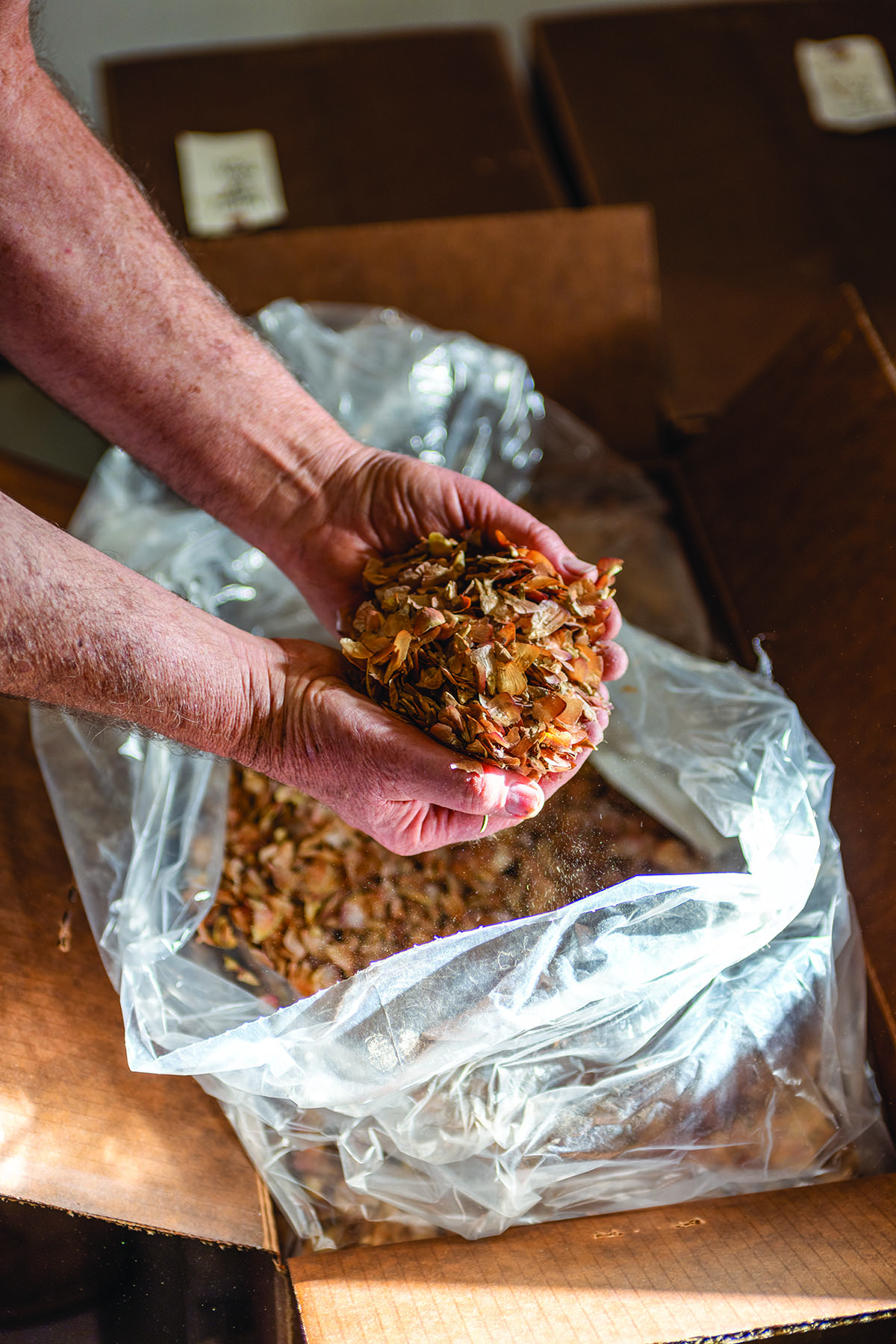
As massive wildfires devastate communities and California forestlands, the state must work that much harder to increase its supply of quality conifer seeds to reforest or replant native trees. And that requires a lot of seeds.
Christine McMorrow, a Cal Fire Regional Resource Management spokeswoman, says, "The state only has the capability of growing about 250,000 seedlings. We are building back up our nursery operations to be able to grow a million seedlings a year, but we're not there yet."
Due to a deficit of seed in California, Mark Gray, Sierra Pacific Industries reforestation manager, says, "There is now huge interest in seed and seed storage. The state is in charge of collecting seed and storing it for the greater good through the state seed bank."
The L.A. Moran Reforestation Center in Davis, part of the California Department of Forestry and Fire Protection tree nursery program, is home to the state seed bank. The facility houses a repository of more than 40,000 pounds of private and state conifer seeds native to a broad range of areas and elevations. The center specializes in processing, testing and growing seedlings from cone-bearing trees.
Seeds are categorized by species and in 500-foot increments of elevation.
"You can't take seed from 6,000 feet and plant it on the valley floor and expect it to do very well," Gray says. "It has adapted to basically where it came from."

